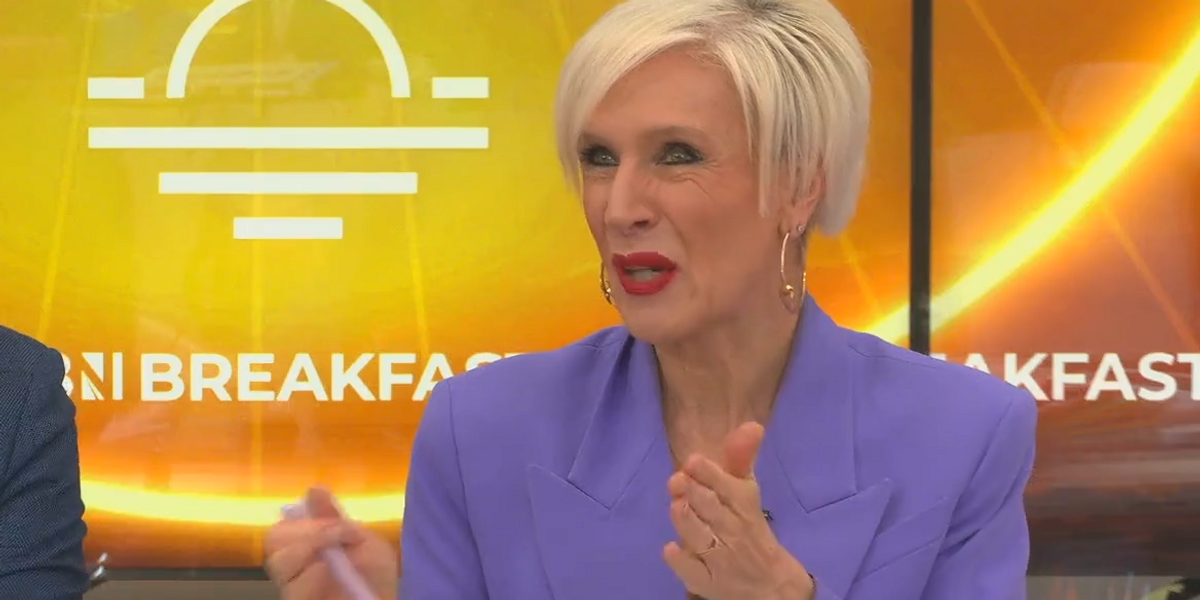Running from December 4 to June 30, 2025, the library will showcase over 80 original items from its Kafka archive, many of which have never been seen by the public.
By AMY SHAPIRO NOVEMBER 30, 2024 08:32 THE ORIGINAL publications of Franz Kafka at the National Library.
(photo credit: Amy Shapiro)
THE ORIGINAL publications of Franz Kafka at the National Library.
(photo credit: Amy Shapiro)
Marking 100 years since the death of Franz Kafka, the National Library of Israel in Jerusalem is soon to unveil its latest exhibition, Kafka: Metamorphosis of an Author.
Running from December 4 to June 30, 2025, the library will showcase over 80 original items from its Kafka archive, many of which have never been seen by the public. It offers a profound look at one of contemporary literature’s most significant figures.
Who Was Franz Kafka?
Kafka was born in 1883 into a middle-class family of German Jews in Prague. Today he is celebrated as one of the 20th century’s most influential authors, renowned for capturing the anxiety and absurdity of the human condition.
His writing defies conventional genre boundaries, blending existentialism, realism, absurdity, and surrealism.
Despite his life being cut short by tuberculosis in 1924, his works, including Metamorphosis, The Trial, and The Castle, have gone on to become seminal texts of modern Western literature.
The revered status may, for many, render Kafka’s work unapproachable. The exhibition, however, seeks to uncover the man behind the genius.
The Exhibition
The National Library of Israel is one of three major holders of Kafka’s archives, alongside the Oxford Library and the Marbach Archive in Germany.
The exhibition offers unprecedented access to letters, photographs, manuscripts, postcards, and more, brought to life by co-curators Netta Assaf, and Karine Shabtai, exhibition designer Hadas Ophrat, and Dr. Stefan Litt, curator of the Humanities Collection at the library.
“This exhibition, on the one hand, demystifies the icon and explains who he really was, what his life was, [and] what his works were,” explains Assaf.
“On the other hand, it also solidifies what a huge impact he had on culture, both here in Israel and across the world.”
Stay updated with the latest news!
Subscribe to The Jerusalem Post Newsletter
Among the rare items on display are the original manuscript of Kafka’s Letter to His Father, Hebrew notebooks, drawings, his original last will (in which he requested that his writings be burned after his death), first editions, and rough drafts never before shown to the public.
Hall One
The exhibition spans two halls. The first delves into Kafka’s life, exploring his relationships, family, friendships, romantic entanglements, and his ties to Judaism.
Ophrat’s design for this section resembles a maze, meant to reflect Kafka’s complex psyche, made up of these interweaving core narratives.
From his strained relationship with his father to his multiple engagements, his deep connection with his friend and champion Max Brod, his formal education, and his connection to Zionism and Jerusalem, each path draws visitors closer to understanding Kafka and his work.
Be it via biographical, literary, or Jewish themes, Litt says that the experience is designed for visitors to decide their own path to trace.
He adds, however, that it’s “not by chance that we've chosen [to put] the Jewish path a bit behind the scenes because that wasn't something Kafka would really declare so openly.”
Hall Two
The second hall reflects Kafka’s lasting, posthumous influence.
“We address the impact of Kafka's creation, [and] how his work was brought to life after his death by his good friend, Max Brod,” says Assaf.
“Also how his work impacted and affected creatives all around the world, but mostly in Israel, in theater, dance music, and more.”
His continued impact is demonstrated by two newly commissioned works for the exhibition. One is a video work featuring non-actors recounting Kafka’s parable Before the Law in four languages, denoting its universal relevance.
The other is a collaboration with eight Israeli illustrators – Sergey Isakov, Eitan Eloa, Nino Biniashvili, Anat Warshavsky, Addam Yekutieli, Merav Salomon, Roni Fahima, and Michel Kichka – each interpreting Kafka’s sketches and reimagining the concept of the “Kafkaesque.”
The central showpiece, however, is a monolithic structure inspired by The Castle, which houses original documents related to Kafka’s publications. This section also recounts the Kafka archive’s dramatic acquisition by the National Library – A Kafkaesque tale of its own, culminating in a Supreme Court ruling.
Kafka, Judaism, and Israel
A unique aspect of the exhibition is the exploration of Kafka’s Jewish and Zionist identity.
Though Kafka did not attend Jewish schools, he engaged deeply with Jewish intellectuals during his time at German Prague University.
Among them was Martin Buber, a future spiritual mentor and publisher, whose lectures on Judaism Kafka likely attended alongside other young Jewish and Zionist students.
Litt explains, “Most of his most important friends were Jewish. He was living in Jewish circles.”
Kafka began studying Hebrew in 1917, first through self-study, before becoming a student of Puah Ben-Tovim, a young woman and native Jerusalemite.
One of his Hebrew notebooks, the Blue Notebook, is on display in the exhibition, both in its original form and fully digitized.
It’s further acknowledged that Kafka even entertained the idea of moving to Israel, though his illness ultimately prevented him from realizing this dream.
To this day, debates persist about the role of Judaism in Kafka’s literature. While some scholars dismiss its influence, others, like Gershom Scholem, consider works such as The Trial to be “Kabbalistic” in nature.
Is it worth a visit?
The exhibition is a must-see for Kafka enthusiasts and newcomers alike. While his works are deeply rooted in the bureaucratic struggles of early 20th-century Europe and a world shaken by war, his themes of alienation, identity, authority, and existentialism continue to strike a universal chord today.
“I think a lot of people are afraid of reading Kafka because they think it's too complicated,” says Assaf.
“What this exhibition does is actually show how Kafka really is accessible, and he really does talk to very basic core human emotions and feelings of living in the modern world that I think everyone, even young people, who have no idea who Kafka is or was, can relate to.”
Litt adds, “We do hope that in the end, visitors are not stepping out with even more questions, but that could happen with Kafka.”
Then again, that’s all part of the Kafka experience.

 By The Jerusalem Post (World News) | Created at 2024-11-30 07:05:07 | Updated at 2024-11-30 10:39:13
4 hours ago
By The Jerusalem Post (World News) | Created at 2024-11-30 07:05:07 | Updated at 2024-11-30 10:39:13
4 hours ago








